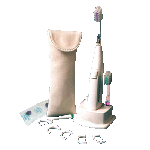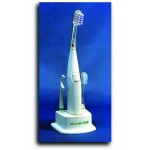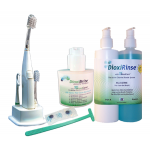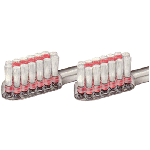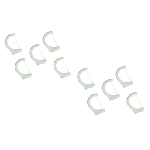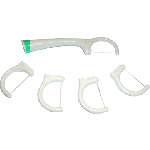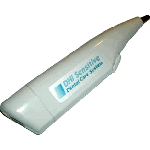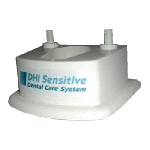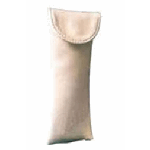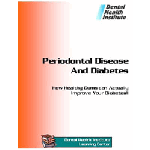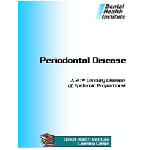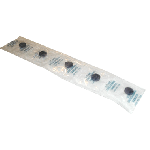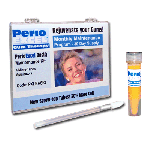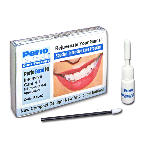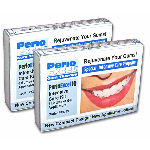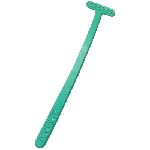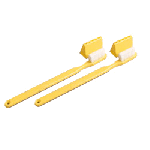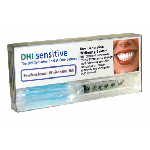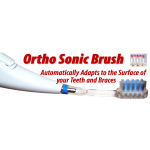You have no items to compare.
Receding Gums
When gum recession first becomes visible, it is like a wake-up call for many. To see your gums get thinner and the gum line recede away from the tooth is, to say the least, embarrassing but also a warning sign that something is seriously wrong. Receding gums are not just an aesthetic nightmare, they often signal hidden tooth and gum problems that have been developing quietly despite adequate oral hygiene. There are many causes for receding gums, but one of the leading facilitators of gum recession is gum disease, the result of pathogenic bacteria that secretly eat away at the gums from the inside. And frequently, the starting point for gum disease is in the spaces between the teeth.
How Receding Gums Develop
The spaces in between teeth, as you may know, are bacteria’s favorite breeding ground due to the frequent accumulations of food particles there. Bacteria thrive in these tiny spaces and create a sticky layer called dental plaque. Over time, this sticky layer will harden, and the rough and hard deposits will irritate gums, causing them to swell and pull away from teeth slightly. This opens a gap between the gums and the teeth called “Periodontal Pocket” that bacteria will now call their home. The continued influence of bacteria and their metabolic by-products provokes an immune response by the body, which actually makes things worse. The perio pockets get deeper, gum become chronically inflamed, and the environment in perio pockets becomes so toxic that gum tissue and connective tissue are gradually destroyed. After months or years of unchecked disease, gums will thin out and then start to pull back from the tooth, exposing tooth roots.
At the very latest, this is where you will become painfully aware of the problem, because exposed tooth roots are sensitive to hot and cold, sweet and sour, etc. When gums have reached the final stages of recession, tooth begin to move and if unchecked may have to be removed.
Gum disease, not tooth decay, is the leading cause of tooth loss.
Treatment Options for Receding Gums
As for any disease, the first step is to identify the cause for the disease. If your gum recession is caused by bacteria (gum disease), the most critical step is to stop the progression of gum disease. And since you got gum disease despite your current oral hygiene routine, it is safe to say that you need to make some serious changes to your oral hygiene program. The first step is always to see your dentist. He will confirm the origin of your receding gums and propose a plan of action. In some cases when the damage is quite extensive, he may suggest seeing a periodontist who will do a special in-depth gum treatment.
In parallel, you should consider a three-pronged approach to enhancing your oral care:
- Use Antiseptic Mouthrinse and Toothpaste
Get a good antiseptic mouthrinse and toothpaste to fight and kill the pathogenic bacteria that caused the problem
- Use a Tongue Cleaner
Scrape the back of your tongue daily to get rid of the sticky residue which is full of nasty and smelly bacteria that can also cause gum disease
- Use a Gum Conditioner
Implement a nutritional program to help your gums to regenerate. Years of bacterial activity can leave gums dried out and depleted of vitamins and nutrients essential for gum regeneration. A specil gum conditioner is recommended.
With the right program in place, you may be able to reverse the effects of gum disease on your gums and create thicker healthier gums within a few weeks. Perhaps more importantly, you may be able to avoid invasive gum surgery.
Take a critical look at your oral care situation today. You may be able to get a head start on upgrading your oral care, because prevention is still a lot better than treatment!


